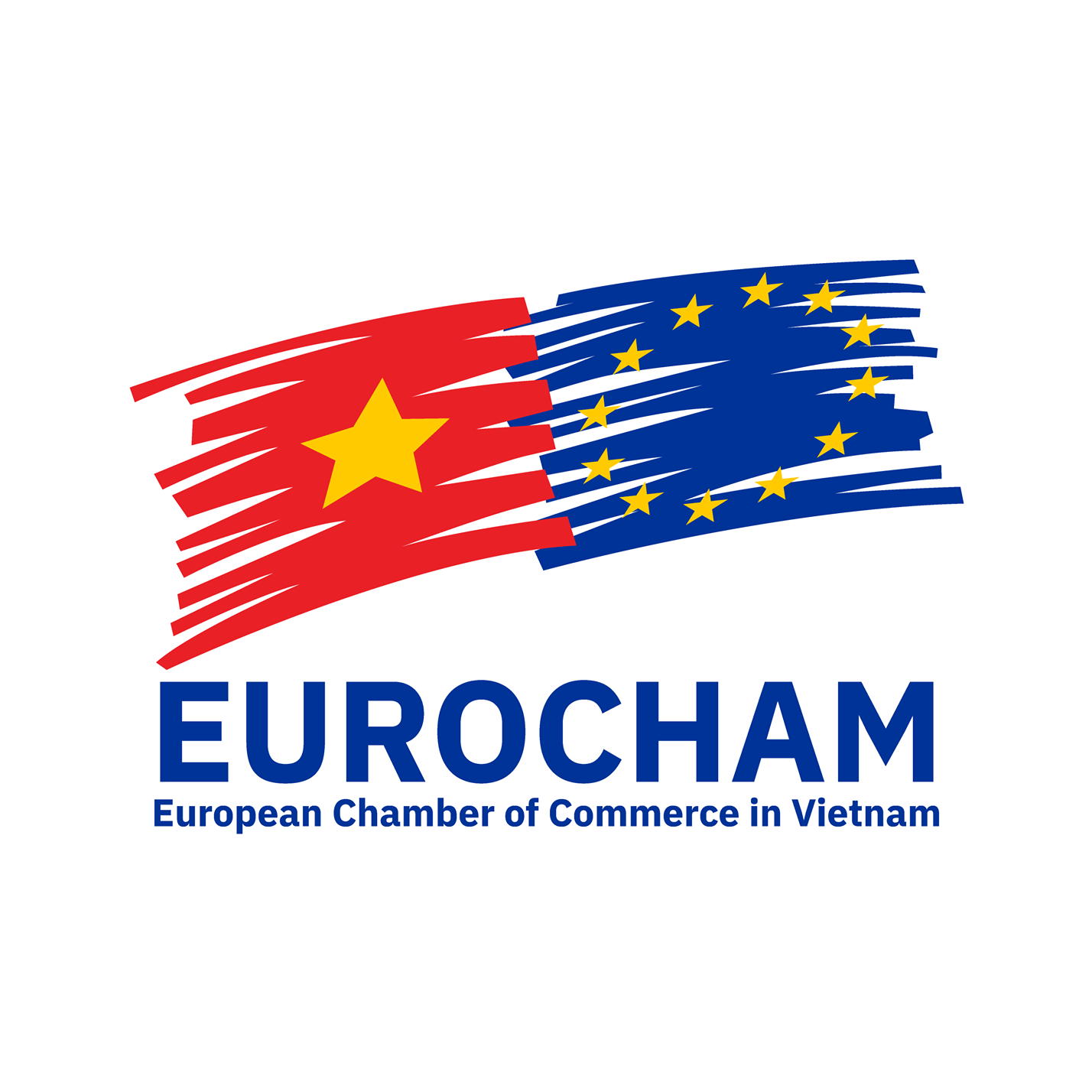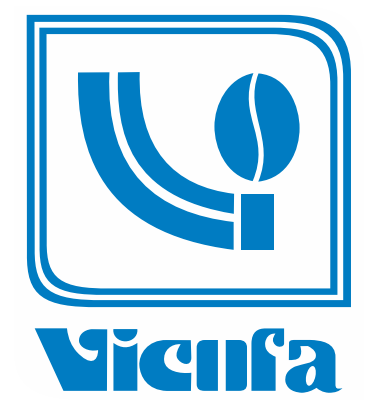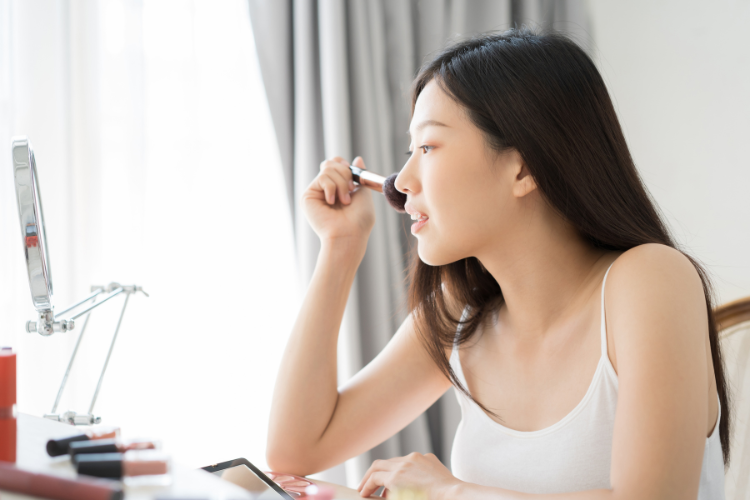
People's desire for personal care will undoubtedly increase when the country's economy starts to boom. Although Vietnam's cosmetics industry is relatively young and is comparatively underdeveloped, it remains one of the most potent and dynamic industries in the country.
According to Statia.com, Vietnam's beauty and personal care revenues are projected to reach $2.3 billion in 2021 and grow at a 5.9% compound annual growth rate through 2025. As mentioned, with the improvement of Vietnam's economy, disposable income level has also increased.
With more money to spend and rising global beauty expectancy, many Vietnamese saw this as the perfect opportunity to invest in themselves; in this case, it is in skincare and makeup. According to Vietnam Briefing, middle-class females, on average, spend around VND 450,000 – VND 500,000 monthly.
Cosmetics market in Vietnam
In 2019, "the top five U.S. exports to Vietnam are cosmetics ingredients, make-up, and skin care, shaving products, hair care products, and soaps for washing the skin. U.S. exports to Vietnam grew in 2020 despite the pandemic, led by increases in exports of cosmetic ingredients (+$5.8 million) and shaving products (+$4.6 million)."
On top of that, 93% of Vietnam's cosmetics market are from foreign brands. South Korea takes the largest cosmetic market import share at 30%, then it is the EU at 23%, Japan at 17%, Thailand at 13%, and lastly, the US at 10%.
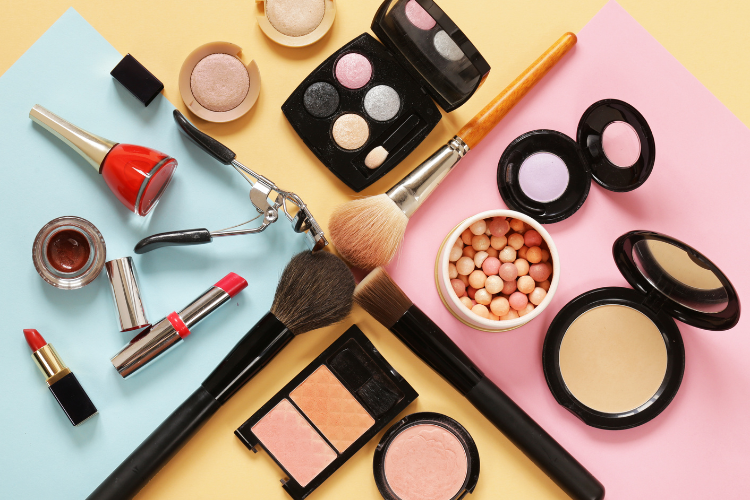
According to the International Trade Administration, "the pandemic in 2020 greatly accelerated the use of e-Commerce using websites including Shopee, Lazada, and Tiki." This doesn't really come as a surprise as that was the only way anyone could purchase new products without going out.
As shown by Statista, in 2020, the overall revenue of eye cosmetic products was US$142 million, but in 2021, the overall revenue of the same category was US$153.5, and the market saw an 8% increase, as opposed to the previous 0.2% increase between 2019 and 2020.
The benefit of Vietnam's developing cosmetics market
Although the cosmetics industry in Vietnam is still in its infancy, consumer behavior is one of the biggest incentives to invest in this developing market.
Vietnam's relatively high tariffs on beauty products beat its neighboring country; according to Vietnam Brief, "Consumers have to spend at least US$3.42 (VND 80,000) to get an average shampoo product in Vietnam while in Germany the same shampoo product costs around US$2 (VND 46,000)."
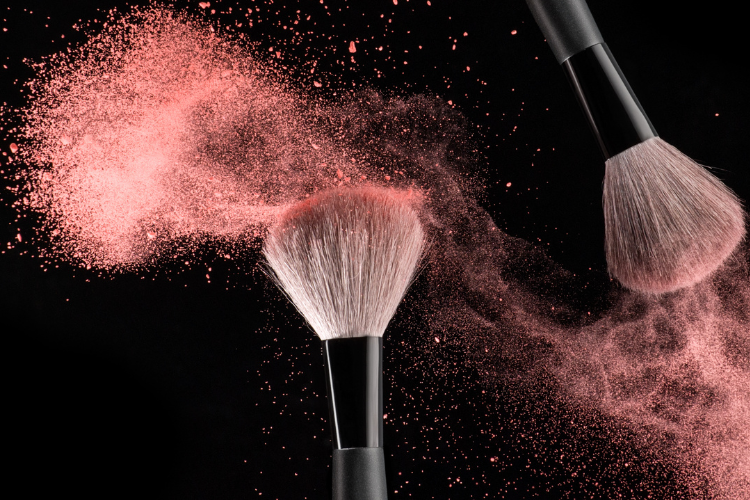
However, this didn't discourage Vietnamese consumers, as statistics show that Vietnamese are more likely to spend on cosmetics than many developed countries. This indirectly shows that Vietnamese are willing to pay for high-quality products, a reassuring indicator for businesses planning to invest in Vietnam's cosmetics market.
The general takeaway from these facts about Vietnam's cosmetics industry is that there exist pros and cons. However, the ongoing development and growth trajectory shows a promising future, and the increasing desire for personal care sure calls for businesses' attention for future investments.
> What’s So Good About Vietnam Manufacturers?"
